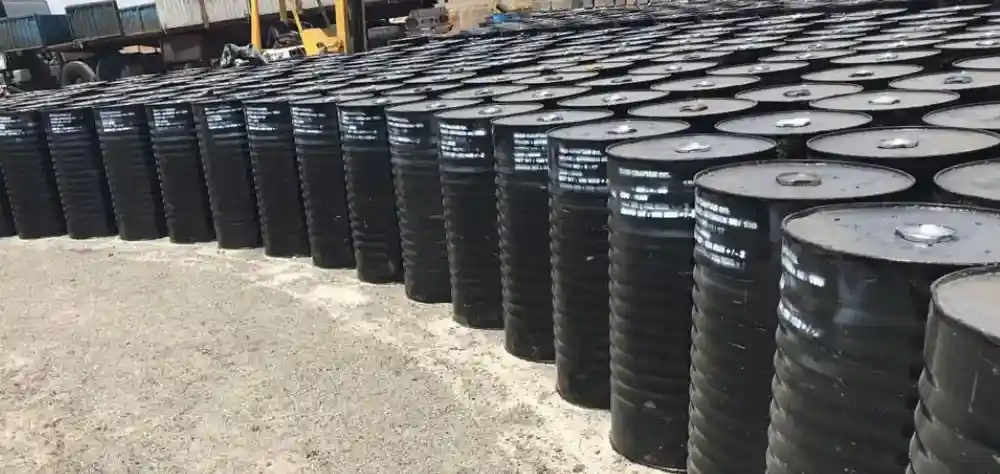
General description of bitumen 20/30
Hard bitumen but categorized in penetration type 20/30 is a bitumen using as waterproofing and isolation also specially industrial
Softening point and penetration of bitumen
Penetration grade 20/30 supplied by ATDM is pure petroleum grade Asphalt, manufactured from vacuum bottom by passing hot air. The bitumen supplied by ATDM is produced from remain of crude oil after cracking and removing hydrocarbon. Penetration between 20~30 desi-millimeter and softening point between 55 ~ 63C. The penetration grade bitumen has a thermoplastic property which is like as synthetic resin material which gets softer with heating and hardens when cooled. This grade has very strong viscosity compare to other grades.
Guaranty & warranty for bitumen 20/30
ATDM guaranty the quality Bitumen 20/30 with arrangement of international inspector to check quality and quantity of the 20/30 during the loading to vessel and controlling the production by QC by batch test report before shipping. ATDM guaranty the quality to meet with ASTM/EN 12591.
Specification and data sheet
Item | Test method | |
Specific gravity @ 25/25 cg | 1.01/1.06 | D-70 |
Penetration @ 25 c | 30/20 | D-5 |
Softening point c | 55/63 | D-36 |
Ductility @25 c | 100 min | D-113 |
Loss on heating(wt) % | 0.2 Max | D-6 |
Drop in penetration after heating % | 20 Max | D-6 D-5 |
Flash point c | 250 min | D-92 |
Solubility is CS2(wt) % | 99.5 Max | D-4 |
Spot test | negative | A.A.S.H.O.T102 |
Bitumen 20/30 is an extra-hard penetration grade often used in high-strength road foundations, airport pavements, and industrial asphalt layers where maximum load resistance is needed.
Bitumen 20/30 is harder and less penetrable, offering higher stiffness and durability for heavy loads, whereas softer grades like 30/40 and 40/50 allow more flexibility under milder conditions.
The softening point for Bitumen 20/30 typically ranges between 60 °C and 70 °C, ensuring high heat tolerance and structural integrity in hot environments.